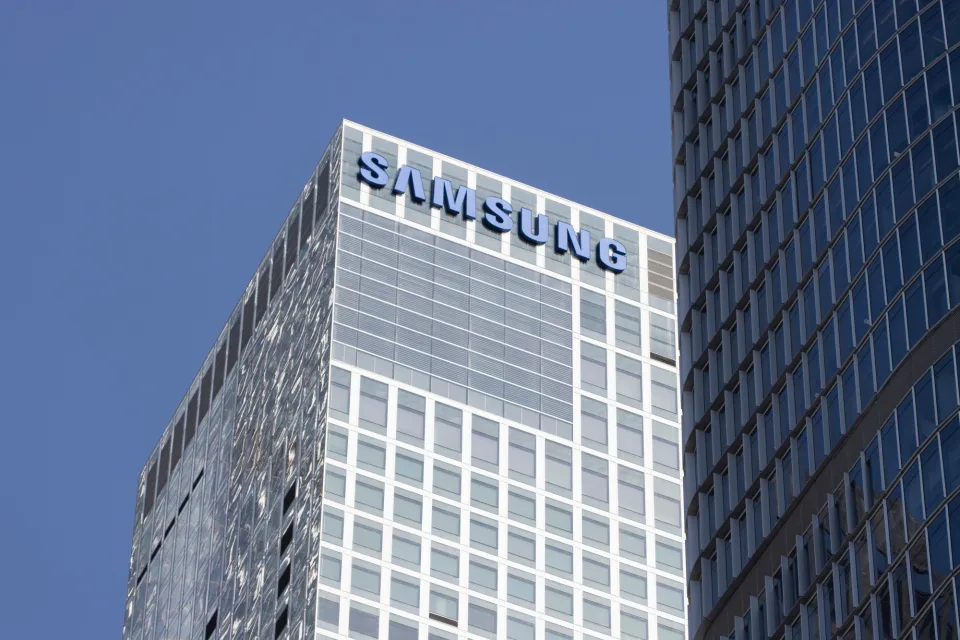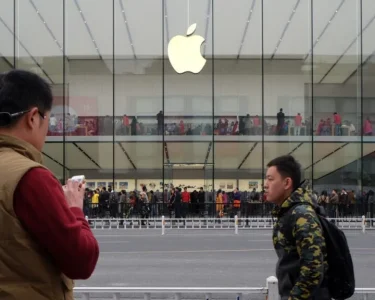In a significant move reflecting its struggles in mainland China, Samsung is reportedly cutting 8% of its sales team due to poor performance in the region. China, once a key market for the tech giant, has seen a sharp decline in Samsung’s market share and sales. Industry analysts cite several reasons for Samsung’s weakened foothold, including increased competition from local brands like Huawei and Xiaomi, coupled with shifting consumer preferences and economic challenges.

Key Factors Behind Samsung’s Struggles in China
One of the most prominent reasons behind the sales team’s reduction is Samsung’s loss of its competitive edge in the Chinese market. In the early 2010s, Samsung dominated smartphone sales in China. However, with the rise of domestic competitors offering affordable yet high-quality alternatives, Samsung’s appeal to the Chinese consumer has significantly dwindled. Huawei, Xiaomi, Oppo, and Vivo have taken the lead, leveraging their local knowledge, effective marketing strategies, and strong distribution networks.
Competition from Local Brands
Brands like Huawei and Xiaomi have not only excelled in innovation but also in building a deep connection with local consumers. They have tailored their products to meet the unique demands of the Chinese market, offering high-quality devices at competitive prices. Samsung, on the other hand, has struggled to differentiate its products in a highly saturated market, leading to declining sales and a shrinking market share.
Additionally, Huawei’s recovery after the U.S. trade restrictions have allowed it to regain market momentum, leaving foreign brands like Samsung with less room to recover.
Weakening Consumer Demand
Another challenge Samsung faces is weakening consumer demand for its premium smartphones. With economic uncertainty and inflationary pressures, Chinese consumers have become more cautious in their spending. Many are opting for cheaper, high-performing alternatives, putting further pressure on Samsung’s premium offerings. The company’s higher price points for flagship models make it difficult to compete in a market that increasingly values affordability without compromising quality.
Focus on Other Markets
With China no longer being the growth engine it once was for Samsung, the company is reportedly refocusing its efforts on other regions such as India and Southeast Asia, where it still holds a more dominant market position. This strategic pivot allows Samsung to allocate resources more efficiently while reducing operational costs in China, where competition remains fierce.
Layoffs Reflect Broader Industry Trends
The layoffs in Samsung’s sales department are not an isolated incident but part of a broader trend within the technology sector. As competition intensifies globally, many tech giants are reassessing their workforce needs and making tough decisions. Samsung’s decision to cut its sales team highlights the mounting pressure to optimize operations and improve profitability amidst stagnant growth in key markets like China.
Moving Forward
Despite the challenges in China, Samsung remains one of the largest tech companies globally, with a diverse product range spanning smartphones, consumer electronics, and semiconductor manufacturing. The company is expected to continue innovating and exploring new growth opportunities, even as it navigates the complexities of the Chinese market.
Samsung’s decision to slash its sales team by 8% in mainland China is a clear reflection of its current struggles in the region. Faced with stiff competition from local brands, changing consumer preferences, and economic uncertainties, the company is now realigning its resources to focus on more profitable markets. While the layoffs are a sign of tough times for Samsung in China, the company’s global presence and strong product portfolio will likely help it weather this storm and emerge stronger.
For more insights on tech industry trends, visit Digital Digest.




